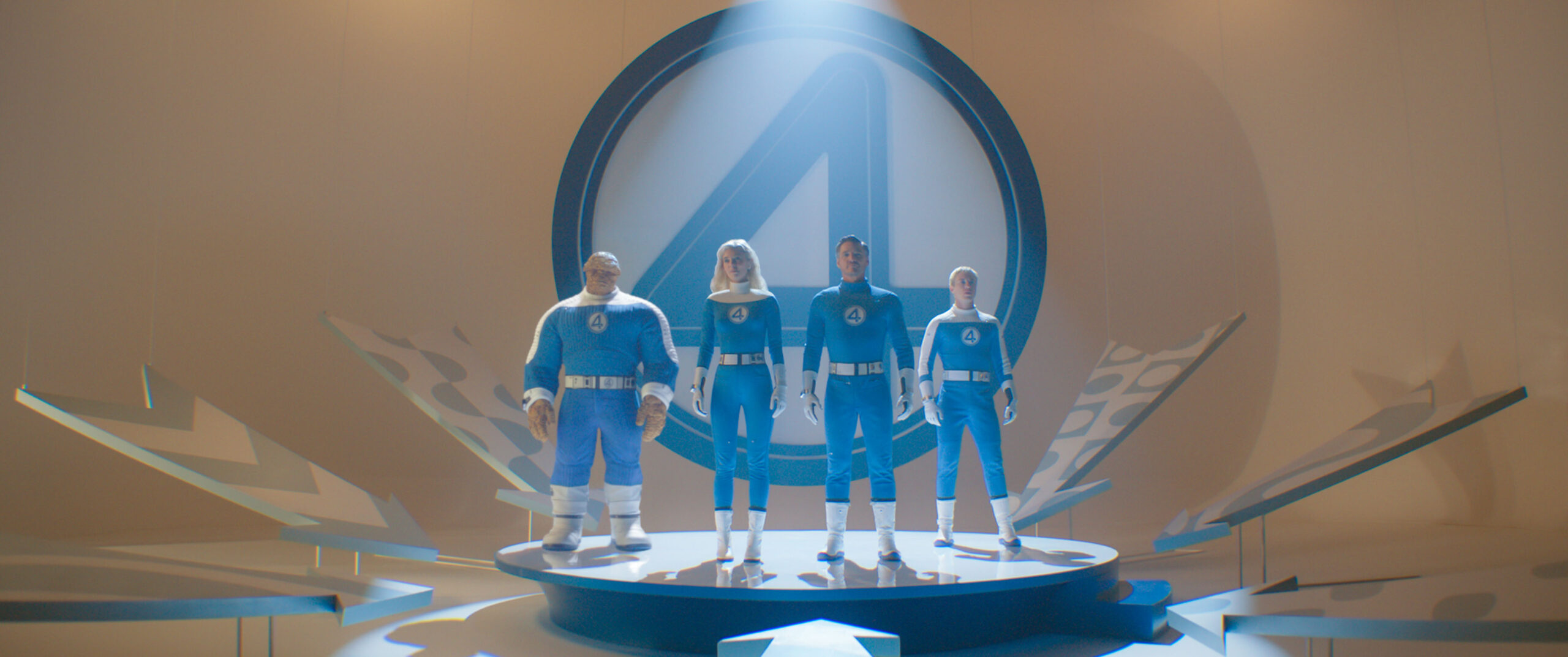James Cameron is one of those filmmakers who goes to great lengths to push the filmmaking medium to the next level. If you look at all of his films, there’s usually at least one element that he pushed to new heights, and the elements he pushed in the original Avatar film revolved around the pervasive use of motion capture and 3D filming.
But after nearly a decade of waiting for a sequel you’d better hope they’re pushing boundaries for the upcoming sequels, right? Well, it doesn’t sound like Cameron will disappoint. For some time, he’s been teasing underwater aspects of the story. But how exactly do they plan on filming underwater? Will they actually shoot underwater, or will they shoot on green screen and add water in after the fact? Certainly if they plan on using motion capture, they’re obligated to use green screen, right?
Well, it sounds like they’ve been working hard to allow them to physically shoot underwater motion capture. Speaking with Collider, Cameron explained:
“It’s never been done before and it’s very tricky because our motion capture system, like most motion capture systems, is what they call optical base, meaning that it uses markers that are photographed with hundreds of cameras. The problem with water is not the underwater part, but the interface between the air and the water, which forms a moving mirror. That moving mirror reflects all the dots and markers, and it creates a bunch of false markers. It’s a little bit like a fighter plane dumping a bunch of chaff to confuse the radar system of a missile. It creates thousands of false targets, so we’ve had to figure out how to get around that problem, which we did. Basically, whenever you add water to any problem, it just gets ten times harder. So, we’ve thrown a lot of horsepower, innovation, imagination and new technology at the problem, and it’s taken us about a year and a half now to work out how we’re going to do it.”
The result? Legit-looking motion capture creations that are actually moving underwater — not fake-looking underwater, but real stuff. So difficult was this that they only ran their first successful test last week. No wonder they kept pushing back the movies.
“We’ve done a tremendous amount of testing, and we did it successfully, for the first time, just last Tuesday [November 14th]. We actually played an entire scene underwater with our young cast. We’ve got six teenagers and one seven-year-old, and they’re all playing a scene underwater. We’ve been training them for six months now, with how to hold their breath, and they’re all up in the two to four minute range. They’re all perfectly capable of acting underwater, very calmly while holding their breath. We’re not doing any of this on scuba. And we’re getting really good data, beautiful character motion and great facial performance capture. We’ve basically cracked the code.”
What films can we see this magic at work? Expect the underwater stuff to be played up heavily in Avatar 2 and Avatar 3. It’ll all still be there in Avatar 4 and Avatar 5, but the next two is where we’ll see the bulk of it.
Does this get you any more excited for the Avatar sequels? Let us know down below!
Don’t forget to share this post on your Facebook wall and with your Twitter followers! Just hit the buttons on the top of this page.
SOURCE: Collider

 FOR FANBOYS, BY FANBOYS
Have you checked out LRM Online’s official podcasts and videos on The Genreverse Podcast Network? Available on YouTube and all your favorite podcast apps, This multimedia empire includes The Daily CoG, Breaking Geek Radio: The Podcast, GeekScholars Movie News, Anime-Versal Review Podcast, and our Star Wars dedicated podcast The Cantina. Check it out by listening on all your favorite podcast apps, or watching on YouTube!
Subscribe on: Apple Podcasts | Spotify | SoundCloud | Stitcher | Google Play
FOR FANBOYS, BY FANBOYS
Have you checked out LRM Online’s official podcasts and videos on The Genreverse Podcast Network? Available on YouTube and all your favorite podcast apps, This multimedia empire includes The Daily CoG, Breaking Geek Radio: The Podcast, GeekScholars Movie News, Anime-Versal Review Podcast, and our Star Wars dedicated podcast The Cantina. Check it out by listening on all your favorite podcast apps, or watching on YouTube!
Subscribe on: Apple Podcasts | Spotify | SoundCloud | Stitcher | Google Play



